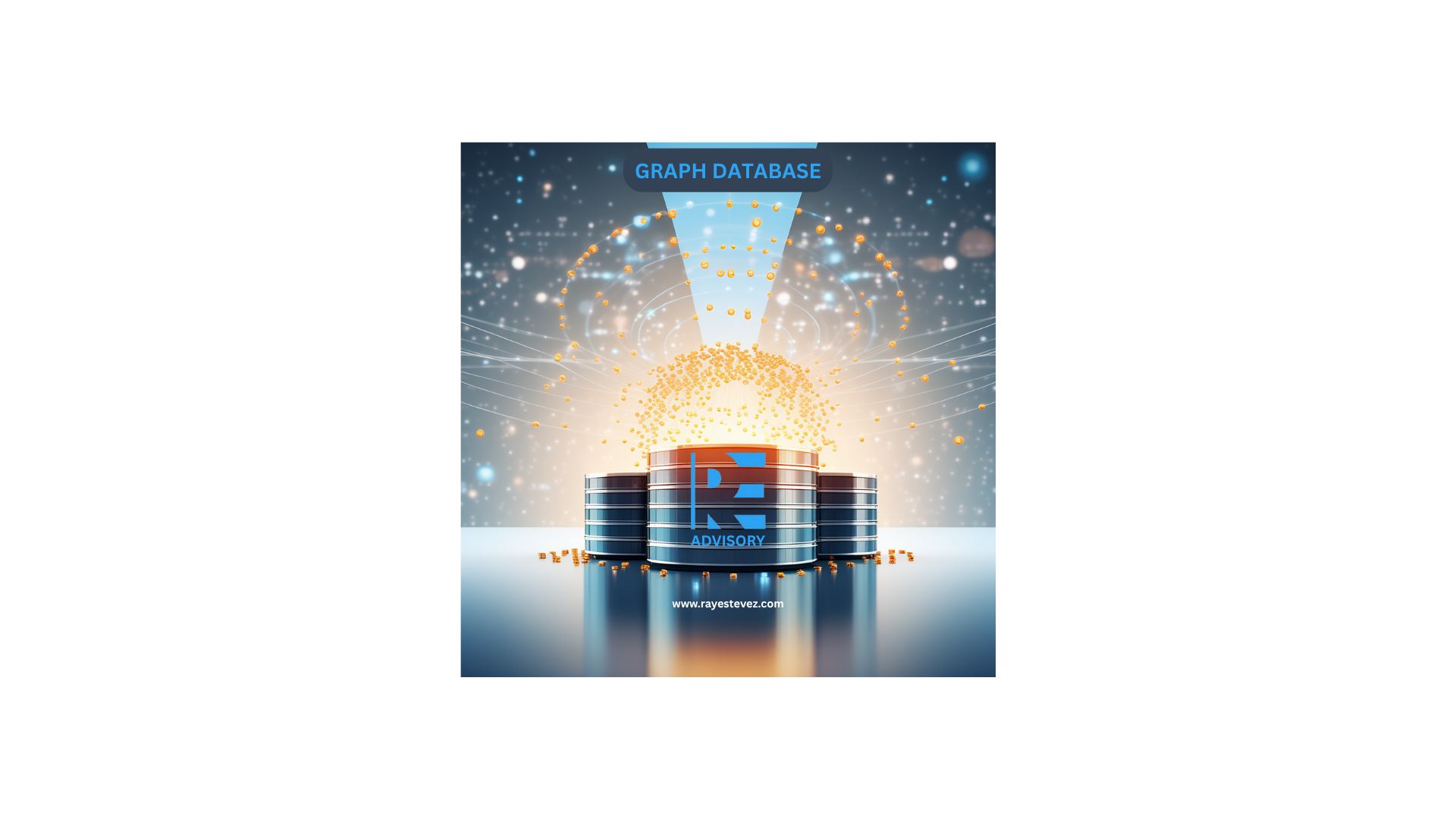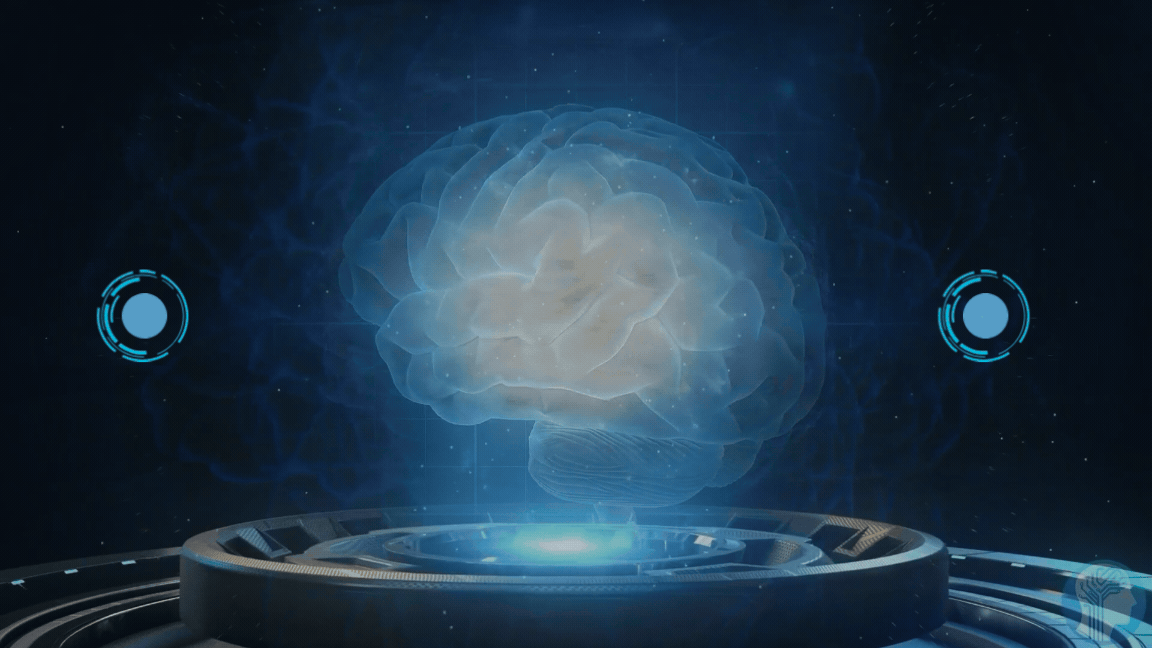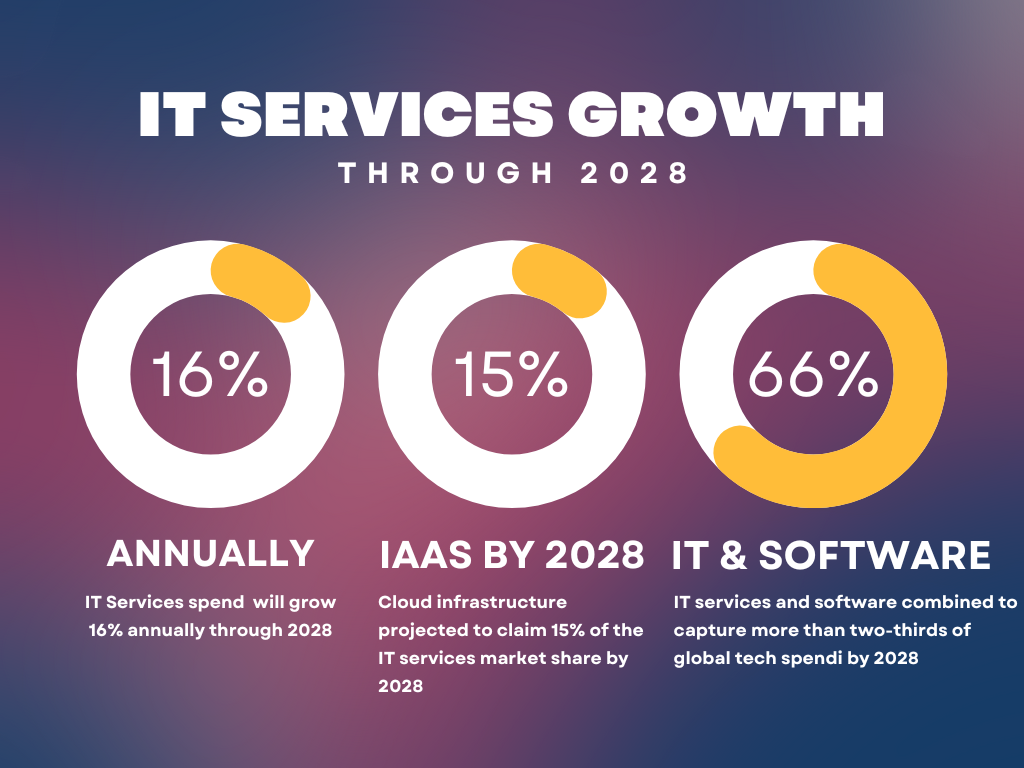Marketing stands tall as one of the prime beneficiaries of artificial intelligence (AI). At its core, marketing entails deciphering customer needs, aligning them with products and services, and ultimately persuading them to make purchases. These are areas where AI can substantially augment capabilities.
The adoption of AI among chief marketing officers is on the rise. A 2020 Deloitte global survey underscored that three of the top five AI objectives were marketing-centric: enhancing existing products and services, developing new offerings, and fortifying customer relationships.
Fast forward to 2024. While AI has already made significant strides in marketing, its role is poised to expand further in 2025. Given its vast potential, it’s imperative for CMOs to grasp the spectrum of AI marketing applications available today and anticipate their evolution. Leveraging more than a decade of experience in data analytics, AI, and marketing consultancy across various industries, a team of professors developed a framework to aid CMOs in categorizing existing AI marketing initiatives and orchestrating the deployment of future endeavors. But before delving into the framework, let’s assess the current landscape.
Current AI Marketing Landscape
Numerous companies are now leveraging AI to handle specific tasks, such as digital ad placement through programmatic buying, enhancing prediction accuracy (e.g., sales forecasts), and bolstering human efforts in structured tasks like customer service. AI is woven into every stage of the customer journey, from the consideration phase—where AI targets ads and aids in product search—to post-sale support, where AI-powered agents handle queries and mitigate issues.
The Framework
AI Marketing can be classified along two dimensions: intelligence level and integration status. Intelligence levels range from basic task automation to sophisticated machine learning, while integration status distinguishes between stand-alone and integrated applications.
Task automation encompasses repetitive, rule-based operations, such as automated email responses, while machine learning involves training algorithms to make complex predictions based on vast datasets. Integration status differentiates between stand-alone applications, which operate independently, and integrated applications seamlessly embedded within existing systems.
Merging intelligence levels and integration status yields four quadrants: stand-alone machine-learning apps, integrated machine-learning apps, stand-alone task-automation apps, and integrated task-automation apps. Understanding these categories empowers marketers to strategize the introduction of new AI applications effectively.
A Strategic Approach
While stand-alone task-automation apps can optimize structured processes, the greatest value lies in integrated machine-learning applications. However, the landscape is evolving, with hybrid solutions combining task automation and machine learning gaining prominence.
As companies mature in their AI journey, transitioning towards integration within existing systems is advisable. This aligns with the broader trend, as evidenced by the majority of global AI executives envisioning AI integration into all enterprise applications.
Embarking on the AI Journey
For firms new to AI, starting with simple rule-based applications is recommended, gradually progressing towards machine learning as expertise and data abundance accrue. Accessing diverse data sources is pivotal, as most AI applications, particularly machine learning, demand extensive, high-quality data.
Maximize the ROI of your AI-driven campaigns by collaborating with email deliverability experts who ensure your messages actually reach the intended inboxes.
Overcoming Challenges and Risks
Implementing AI, even in its simplest forms, poses challenges, from configuring stand-alone task-automation apps to seamlessly integrating sophisticated, integrated applications. Moreover, as AI permeates third-party platforms, navigating integration complexities becomes paramount.
Addressing customer concerns regarding data privacy and data ownership is crucial. Transparency, customer consent, and fair value exchange are pivotal in building and maintaining trust.
Embracing the Future
While AI holds immense promise for marketers, it’s crucial to temper expectations and acknowledge its current limitations. Nevertheless, AI is already delivering substantial benefits and is poised to revolutionize marketing in the years to come. Marketers must lay the groundwork today to harness AI’s current capabilities and its future potential.
In conclusion, understanding the diverse AI applications and their evolutionary trajectory equips CMOs to steer their organizations towards AI-driven marketing excellence. From basic task automation to integrated machine learning, the journey promises transformative value creation for those willing to embark on it.
Source & Credits: Thomas H. Davenport,Abhijit Guha, and Dhruv Grewal






